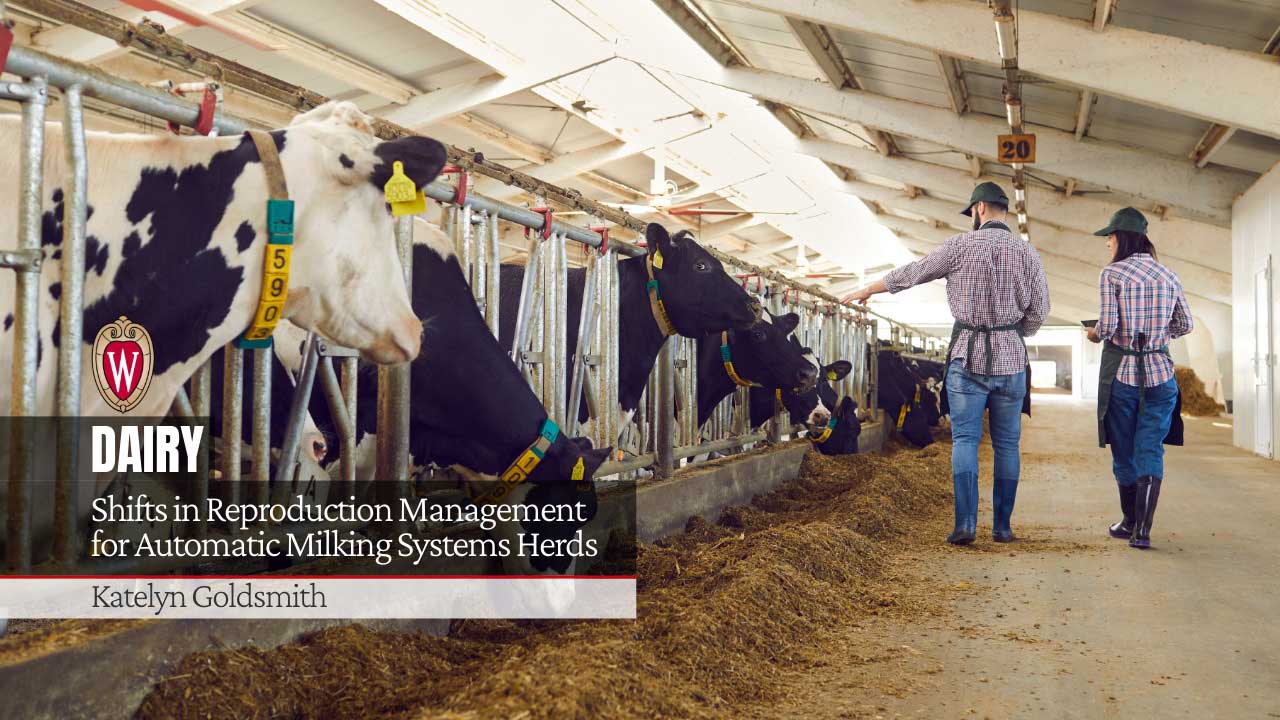
Introduction
Adopting Automatic Milking Systems (AMS) 🔍 can change aspects of daily herd management for farmers. While AMS may not directly change reproductive protocols, it often opens the door to new technologies or changes in routines.
Changing Heat Detection Strategies
When adopting AMS, some farms may also transition their strategy for estrus (heat) detection to use activity monitoring sensors and information from the robot. Activity monitoring sensors offer an alternative to traditional Timed Artificial Insemination (TAI) protocols, but they come with important considerations. Factors like cow health, body condition, lameness, sensor threshold settings, and timing of insemination all influence the success of sensor-based systems.
For farms considering or already using sensor-based heat detection, it is important to understand how these technologies work and what management adjustments they may require. For a practical overview of sensor-based heat detection and considerations, read the article, “Activity Monitoring Technology for Reproductive Management of Dairy Cows”.
Breeding Location
Barns and pens should be designed with management tasks, like breeding, in mind. Some AMS farms choose to breed cows in designated sort pens 🔍 located after the robot. This setup can streamline the process of finding and sorting off cows for breeding. However, these sort pens are often small, making them less practical for handling large group tasks such as administering TAI shots or breeding a large volume of cows on the same day.
When needing to work with large groups of cows, using headlocks in the main pens may be a more efficient option. The best approach depends on several management factors including the heat detection strategy you are using (TAI vs. sensor-based) and how cows are grouped. These factors influence how many cows in a pen may need to be bred on a given day. By estimating the number of cows expected to be bred daily or on scheduled TAI breeding days, farms can determine what breeding location will work best for their operation.
Summary
Adopting AMS may influence how farms manage reproduction. Thinking through key steps of the breeding process, such as how heat detection will occur and where cows will be bred, can help farmers more seamlessly adjust to daily routines with AMS.
Author

Katelyn Goldsmith
Dairy Outreach Specialist– In her role as a statewide Dairy Outreach Specialist, Katelyn connects research with practical farm management practices to create educational programming addressing the needs of Wisconsin dairy producers.
Reviewers


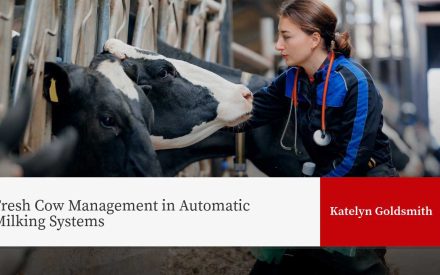 Fresh Cow Management in Automatic Milking Systems
Fresh Cow Management in Automatic Milking Systems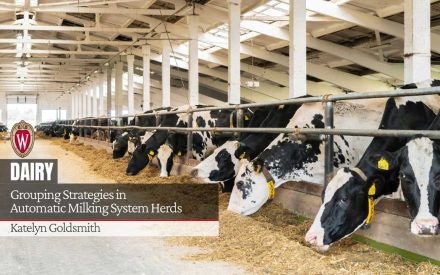 Grouping Strategies in Automatic Milking System Herds
Grouping Strategies in Automatic Milking System Herds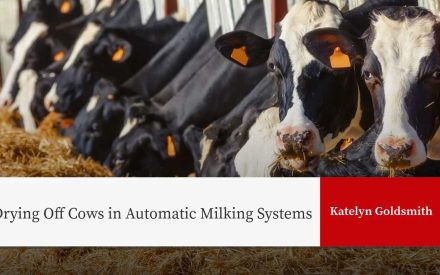 Drying Off Cows in Automatic Milking Systems
Drying Off Cows in Automatic Milking Systems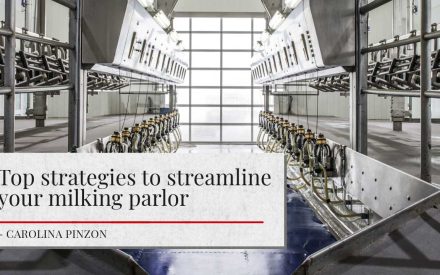 Top strategies to streamline your milking parlor
Top strategies to streamline your milking parlor


